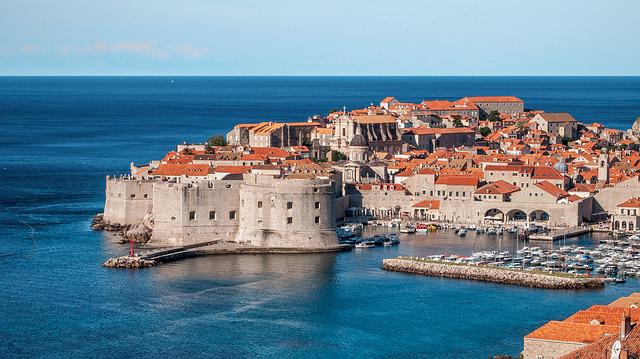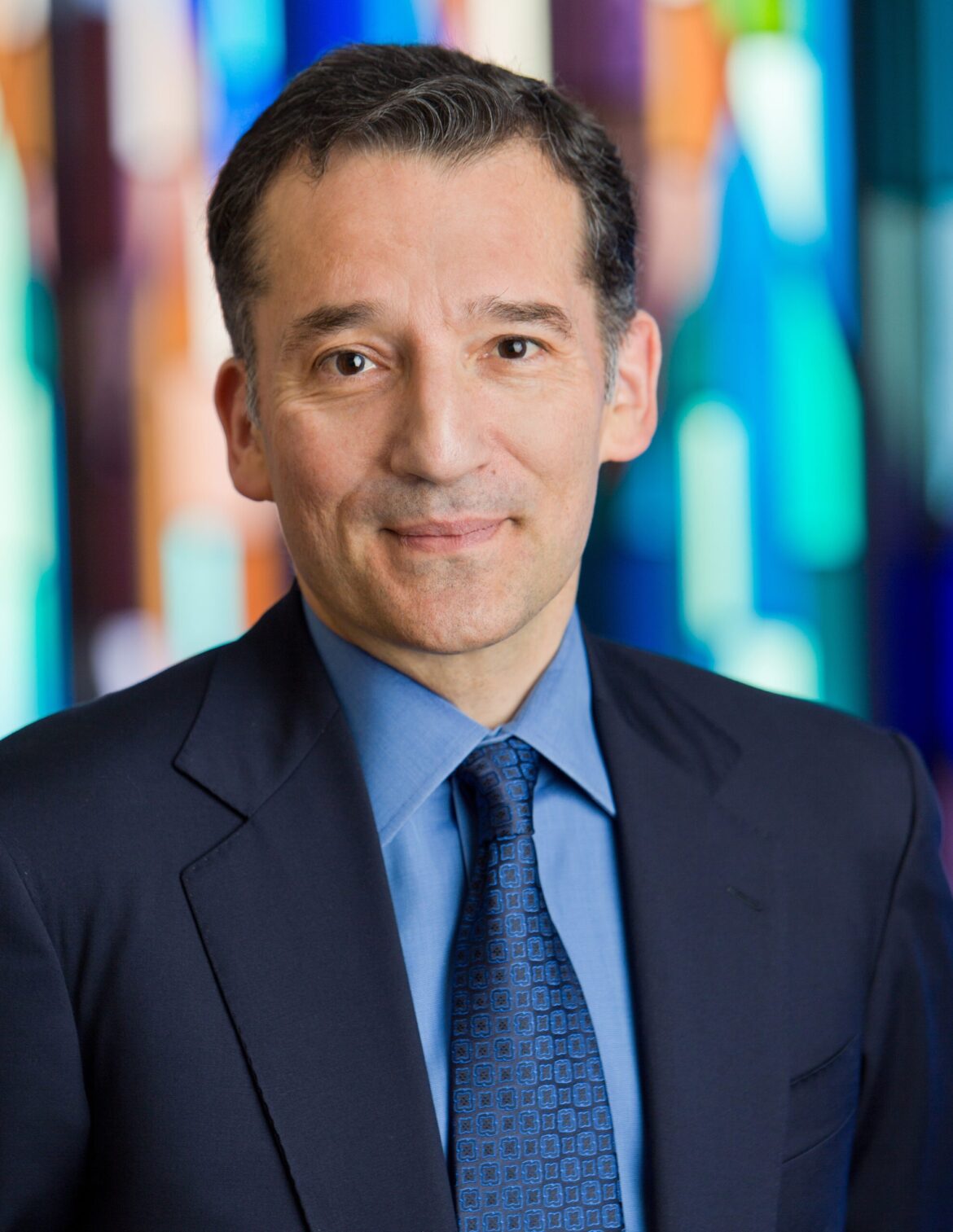BEIT SHEARIM FIELD REPORT PART 3
BURIAL METHODS-Different burial methods through time:
In 1st temple period the norm was for family burial caves. The belief was a communal resurrection of the dead. In Ezechiel Ch. 37 in the resurrection of the valley of the dry bones all of them come alive together. The cave had 3 benches; the bodies would be placed in order of arrival. When the 4th body would come they would sweep the bones of the previous bodies with a broom and gather them in an opening in the center of the cave (the maasefa), thus providing a place for the new arrival. In Jerusalem in Ketef Hinom, a cave was found with the bones of 69 bodies, women, men, children, The expression in the bible “neesaf al avotav” i.e., gathered with his ancestors, illustrates this method of burial.
2nd Temple Period- Belief in private resurrection. Individuals were buried alone. Kuckim closed with a small stone, after a year bones were collected and placed into a small stone box: the Gluskema, an ossuary.
After the Bar Cochba revolt (132-5 CE) people were unsure as to whether somebody would gather the bones after the year, so they adopted the prevailing method of burial around them: the sarcophagus. It was a coffin made out of wood, stone or clay. It was the first and last place of rest of the deceased. It was popular in the 2nd and 3rd centuries.
Jews moved to Babylon, where the country was covered with sand, with no caves. Jews therefore buried the bodies directly on the ground. Now we follow this method.
In Tosefta, an Avoda Zara 4:3 state that whoever is buried in the Land of Israel is as if he was buried underneath the altar of the Temple.
“Cave of the Head of the Sydonian Synagogue”(26)- Presents a basalt door on its façade.
Doors: the doors at the entrance of the cave were made of stone and they were decorated to imitate the wooden ones. They had panels, nailheads and knockers. Bolts locked them. The doors still turn on their hinges. Some of the main entrances are arches resting on pillars; some others are in the form of an arcade with three arches. This desire to imitate real life architecture followed the Roman concept that the real life of the person has two sequences: one in this world and another one at death. In Hebrew a cemetery is called Bet ha Haim, “The House of Lives”. Entrance to the caves reminds us to the entrance to a synagogue or church or a public building.
Continuing an upper path, we get to
“The Mausoleum of Justus and his family” – It is an enormous cave with modern explanations: Map of burials, display of doors found in the different caves, inscriptions and decorations and found in entrances.
A good place to tell in detail the finding of the caves: Alexander Zaid was a shepherd. One of this sheep got lost and fell on this cave. Alexander found a sarcophagus and approached Nachman Avigad, then head of Antiquities in Hebrew University. They dug in 1926 and found an inscription in Greek letters: Besara. They understood that it was the Greek version of Bet Shearim, they decided to excavate. The Arab riots of 36-9 erupted and they had to stop. Then the State of Israel was established and after 1948, came for series of eleven excavations that finished in 1959. Three volumes were published.
An impressively large block of glass is on display. Sand is taken to a furnace with very high temperature; ten tons of raw material had to be heated to 1050 centigrade during 5 to 10 days to achieve this enormous raw glass mass. Cave is a glass production center to produce glass bottles for anointing to stop the smell of the decomposing bodies.
“Cave of the Sages”(20)- It is the largest of the caves with hundreds of coffins, many bearing names of sages at the time. It is 75 m. in both length and width, includes 2 long corridors in which many rooms branch off. 135 coffins were found. Some are huge coffins, with original paint.
No bones were found: they disintegrated or were taken out by animals. Robbers were interested in ransacking the caves due to the belief in the Greco-Roman world that the dead went to the underworld Hades and had to cross the river Styx. They had to pay the boatman and at least one gold coin was placed under the tongue or on the eyeholes. Jews had not such belief and had no coins. (In Hebrew the phrase matbea lashon, ie, the coin of the tongue is an expression that means the accepted way of expression). In every sarcophagus here is a hole on the side that enabled the robber to enter his hand inside.
We also see a private room for a very wealthy person. The very large sarcophagus has the figure of a head of a bull, eagle and a lion. Although mistakenly it can be assumed that is a pagan decoration, by reading the bible we might draw a different conclusion. Ezechiel Ch. 1 describing the Chariot (mercaba) the throne of G-d rests on 4 figures: bull, eagle, lion and a person. Also the sarcophagus has 4 horns in the corners of the upper horizontal area, like in the altar of the temple.
Coffin of the Victories. – Two winged women representing the Greek goddess of Victory: Nike.
“The Cave of Jehuda Hanassi “(14)- Tripartite arched entrance
Among all the possible caves of the surrounding, the archeologists specified that this is the burial cave of Jehuda Hanassi based on 3 factors. Jehuda Hanassi died in Sippori on a Friday. He had left a will to his sons and his students with guidelines as to the form of burial, succession and commemoration.
- Wanted to be buried on the ground (not on a sarcophagus). This is the only cave among all the surrounding ones that there is burial on the ground. His wife rests next to him.
- Appointed 2 of his sons, Shimon and Gamliel, and one of his disciples, Hanina, as successors. These three names are inscribed on the walls. It was a family cave.
Going out from the cave we turn around and go up on a hill that is over the cave. We find benches carved in stone arranged in shape of a U, open to the sky around a plastered central courtyard. An ideal meeting place for gatherings.
- Commemoration of his memory. -He wanted that a learning place would be established over his burial
Ground. “Taamidu yeshiva al kivri ahar 30 yom”, “after 30 days establish a learning place on top of my burial place”. In the Mishna there is a saying: “Ein osim nefashot la zadikim, divreihem, hem zicronam”. Nefesh at that time referred to the burial place. In Judaism the commemoration of a high-ranking holy rabbi is done not with a statue of his image but though the studying of his work. This was the first place in the world were the Mishna was learned as we know it today.
The archaelogists first found the cave underground, and following the information in the written sources decided to excavate and clear the ground on top, finding this last confirmation as to the validity of the claim that this was the burial ground of the Nassi.
After his burial many people wanted to be buried near him. From being a Galilean village that served the burial needs of its community Bet Shearim became known all over Israel and the Diaspora.
From travelers from the 10 th to the 15th century that identified burial places of important persons, we received the tradition as to who is buried where. As the placement of Bet Shearim was completely unknown, abandoned and destroyed at that time, his burial ground was identified wrongly in the Sepphoris area. That poses a problem for the ultra-orthodox (haredim) that have writings from the rabbis of the 12th century identifying the tomb of the Rabbi near Sepphoris, although the archeologists in the 20th cent. have proof to the contrary. They don’t come here. The last couple of years are witness to an interesting phenomena: A Hilula on VavTet Kislev in Sepphoris is done by the Haredim and another one in the same date occurs in the National park attended by Bnei Akiva, the Keren Kayemet, etc, On both celebrations the writings of the Rabbi are studied. It is customary to read the psalms of David (Tehillim) at any grave of a respected figure and a loved one.
We continue walking and we find the same open-air structure on top of the cave of the Sages. Hanassi became a role model and 20, 30 yrs, after his death, other sages decided that they wanted the same form of commemoration for them.

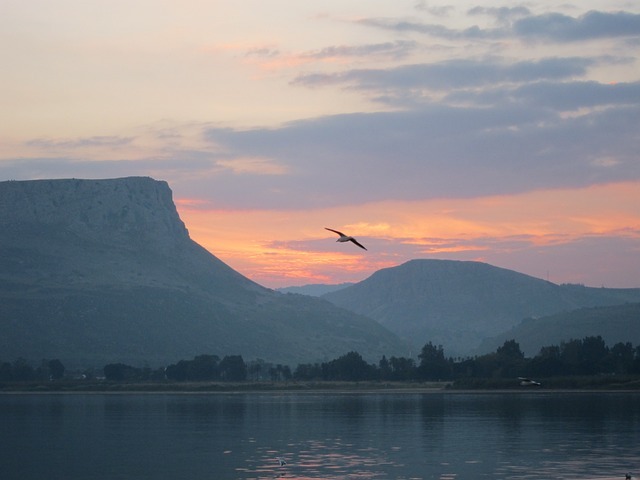
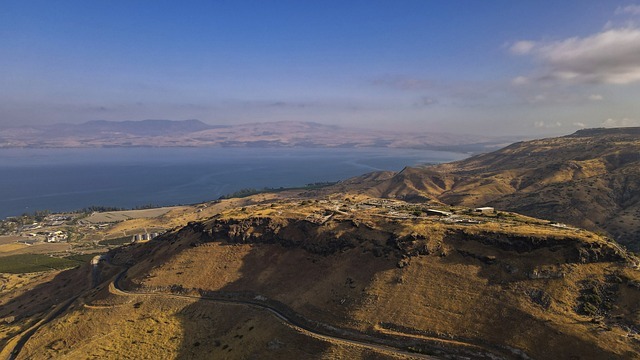
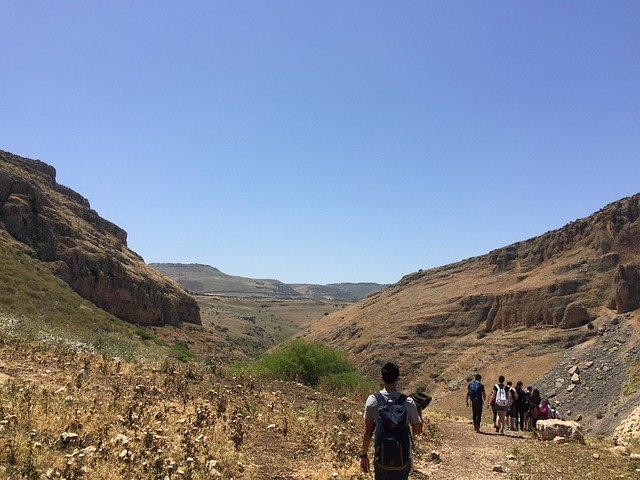
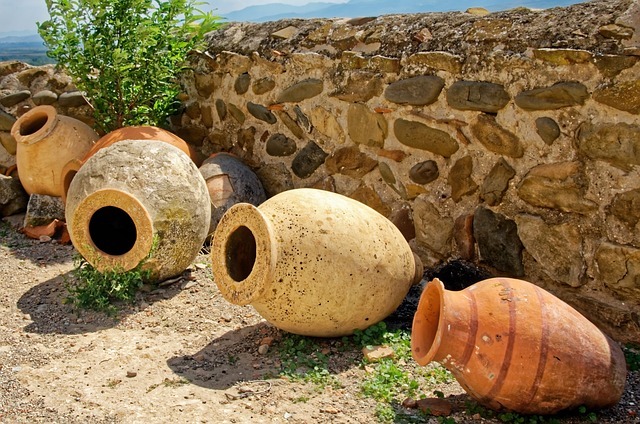
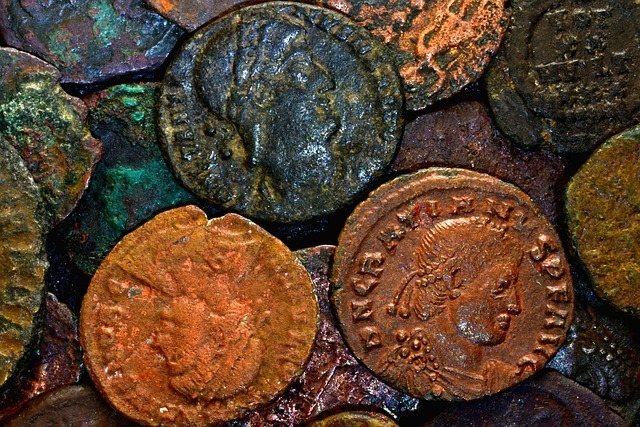

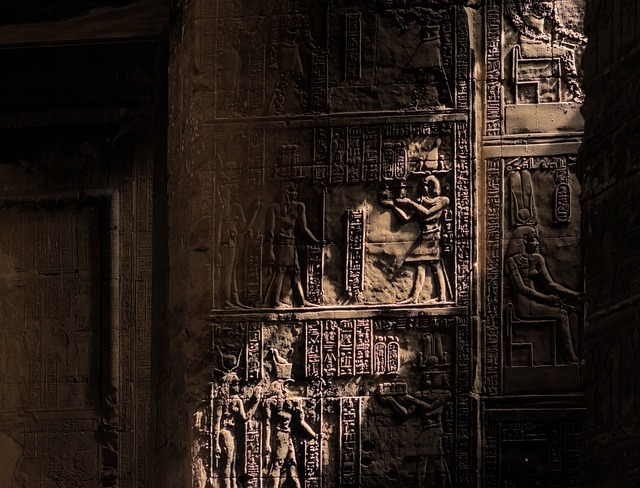
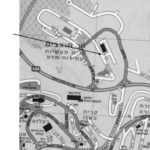 The 18 November field trip consisted of visits to the Israel Lands Authority in the morning and the Bible Lands Museum Jerusalem in the afternoon.
The 18 November field trip consisted of visits to the Israel Lands Authority in the morning and the Bible Lands Museum Jerusalem in the afternoon.